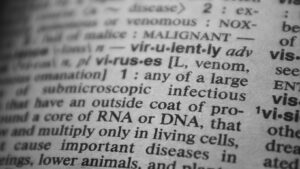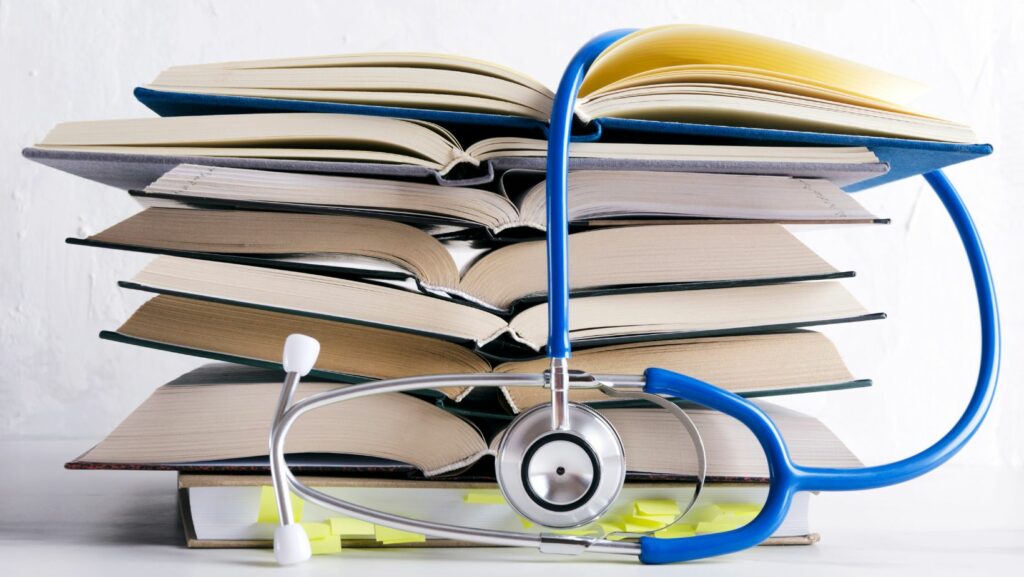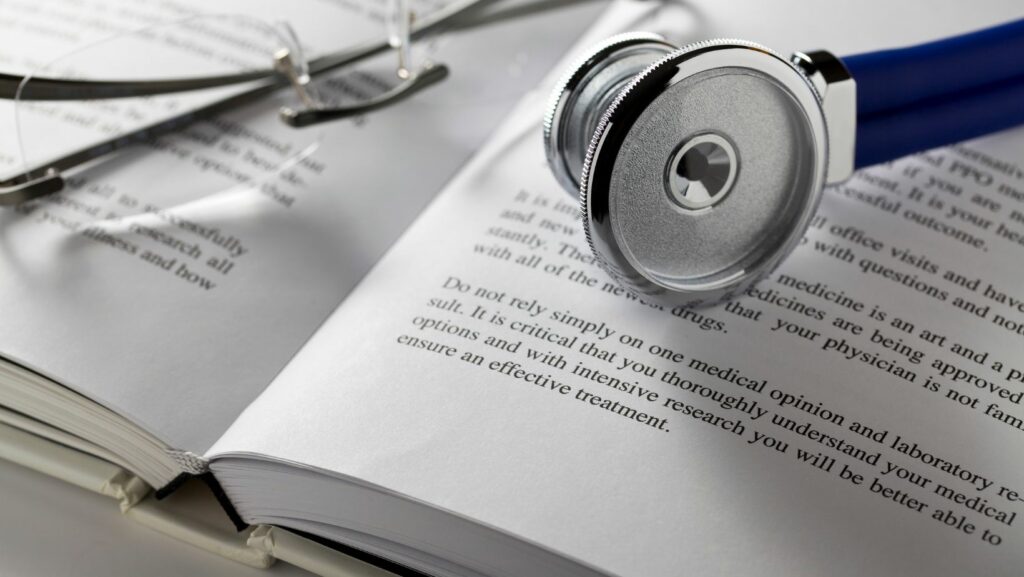Key Takeaways
- Comprehensive Resource: The “”Medical Terminology for Health Professions, 9th Edition”” is designed to provide essential knowledge and clarity for students and professionals in healthcare.
- Updated Terminology: This edition includes the latest advancements and medical terminology to ensure relevance in various healthcare settings.
- Practical Application: The textbook emphasizes the real-world usage of medical terms, aiding in effective communication among healthcare providers and with patients.
- Enhanced Learning Tools: Features such as online resources, interactive modules, and review quizzes cater to different learning styles and promote active engagement.
- Clear Structure and Visual Aids: The content is organized for easier comprehension, supported by illustrations and charts that simplify complex concepts.
- Focus on Cultural Competence: The text addresses diverse populations and healthcare environments, fostering awareness and understanding necessary for modern healthcare professionals.
In the ever-evolving field of healthcare, mastering medical terminology is essential for professionals seeking to communicate effectively and provide quality care. The “”Medical Terminology for Health Professions, 9th Edition”” stands out as a comprehensive resource designed to equip students and practitioners with the knowledge they need. This edition not only updates essential terms but also incorporates the latest advancements in medical practice, ensuring that readers are well-prepared for real-world scenarios.
With a focus on clarity and practical application, this textbook simplifies complex concepts, making it accessible for learners at all levels. From anatomy to procedures, it covers a wide range of topics critical for anyone in the health profession. By understanding the language of medicine, professionals can enhance their skills and improve patient outcomes, making this edition an invaluable tool in their educational journey.
Medical Terminology for Health Professions 9th Edition
 Medical Terminology for Health Professions, 9th Edition”” serves as a vital resource for health professionals seeking to enhance their understanding of medical language. This edition offers updated terminology reflecting recent developments in the medical field. It addresses vital topics including anatomy, physiology, and disease processes, aimed at students and professionals alike.
Medical Terminology for Health Professions, 9th Edition”” serves as a vital resource for health professionals seeking to enhance their understanding of medical language. This edition offers updated terminology reflecting recent developments in the medical field. It addresses vital topics including anatomy, physiology, and disease processes, aimed at students and professionals alike.
The textbook employs a clear structure that simplifies complex terms for better comprehension. Each chapter includes practical examples, case studies, and review exercises to reinforce learning. Additionally, visual aids such as illustrations and charts help clarify significant concepts, making the material more engaging.
This edition emphasizes the application of medical terminology in real-world settings. It prepares readers to effectively communicate with colleagues and patients, improving overall healthcare delivery. Comprehensive glossaries and index features facilitate quick reference, enhancing usability for ongoing studies. Each section’s learning objectives focus on key information, ensuring targeted educational experiences.
The text addresses diverse populations and healthcare settings, making it relevant for various practice environments. It promotes cultural competence and awareness in health communication, an essential skill for modern healthcare professionals. The integration of current technology and online resources supports further exploration and self-guided learning.
Key Features and Updates![]()
 This edition incorporates significant enhancements and resources designed to support learners and professionals in mastering medical terminology. It ensures that the content remains relevant and applicable in various healthcare settings.
This edition incorporates significant enhancements and resources designed to support learners and professionals in mastering medical terminology. It ensures that the content remains relevant and applicable in various healthcare settings.
The 9th Edition features updated medical terminology reflecting the latest medical advancements and practices. Each chapter provides clear definitions, practical applications, and case studies that illustrate the context of terms within healthcare scenarios. Detailed explanations of core concepts improve understanding. Enhanced visuals, such as anatomical illustrations and flowcharts, aid comprehension, making complex information accessible to all levels of learners. The content structure promotes progressive learning, reinforcing terminology through review quizzes and collaborative exercises.
New Learning Tools
The textbook introduces modern learning tools that cater to diverse learning styles. Online resources, interactive modules, and quizzes facilitate self-assessment and encourage active engagement. Integrated digital platforms offer additional exercises and flashcards for reinforcing vocabulary retention. Furthermore, mobile compatibility ensures that learners can access materials anytime and anywhere, promoting flexibility in their studies. These tools support deeper exploration of medical terminology and enhance the overall educational experience for students and professionals alike.
Importance in Health Education
Mastering medical terminology is crucial for healthcare professionals. “”Medical Terminology for Health Professions, 9th Edition”” serves as an essential resource, facilitating effective communication and enhancing the overall quality of care.
Role in Communication
Effective communication relies on a shared understanding of medical terms. The textbook equips students with the vocabulary necessary to discuss diagnoses, treatments, and patient histories clearly. Clear terminology minimizes misunderstandings among healthcare staff and fosters collaborative environments. Professionals like nurses, doctors, and pharmacists benefit from standard language, improving teamwork and ensuring accurate conveyance of critical information.
Aiding in Patient Care
Understanding medical terminology significantly impacts patient care. Professionals trained in this language can explain conditions and procedures to patients accurately, reducing anxiety and confusion. This clarity supports informed decision-making for patients regarding their health. Additionally, medical terminology strengthens the documentation process, ensuring that medical records communicate precise information regarding patient care. Proper documentation not only improves continuity of care but also aids in tracking patient progress effectively.
Reviews and Feedback
Feedback from students and instructors highlights the effectiveness of “”Medical Terminology for Health Professions, 9th Edition”” in enhancing learning and teaching experiences in the healthcare field.
Student Perspectives
Students consistently appreciate the clarity and organization of the textbook. Many find the chapter summaries and practical examples helpful in reinforcing key concepts. The integration of visual aids, like charts and illustrations, aids in understanding complex terminology. Comments often reflect that interactive modules and quizzes promote engagement, making study sessions more effective. Several students note how the glossary and index facilitate quick reference, enabling efficient review before exams. Overall, students recognize this edition as a vital resource that simplifies challenging content and enhances their medical vocabulary.
Instructor Insights
Instructors commend the textbook for its comprehensive coverage of essential medical terms and concepts. Many highlight its ability to cater to varying student skill levels, ensuring accessibility. Teachers appreciate the inclusion of case studies that encourage critical thinking and application of knowledge in real-world situations. The structured learning objectives provide clear guidance on course topics, improving lesson planning. Feedback indicates that the online resources and interactive modules significantly support classroom instruction, making it easier for instructors to engage students. Overall, educators regard this edition as an essential tool for teaching medical terminology effectively.
Enhanced Content
Mastering medical terminology is crucial for anyone in the healthcare field. The “”Medical Terminology for Health Professions, 9th Edition”” stands out as a key resource that effectively bridges the gap between complex medical concepts and practical application. Its updated content not only reflects current advancements but also enhances communication among healthcare professionals.
By providing a clear structure and engaging learning tools, this edition prepares readers to navigate the intricacies of medical language confidently. The textbook’s focus on real-world applications and cultural competence ensures that future health professionals are well-equipped to deliver quality care. Overall, this resource is indispensable for those aiming to excel in the dynamic healthcare environment.



